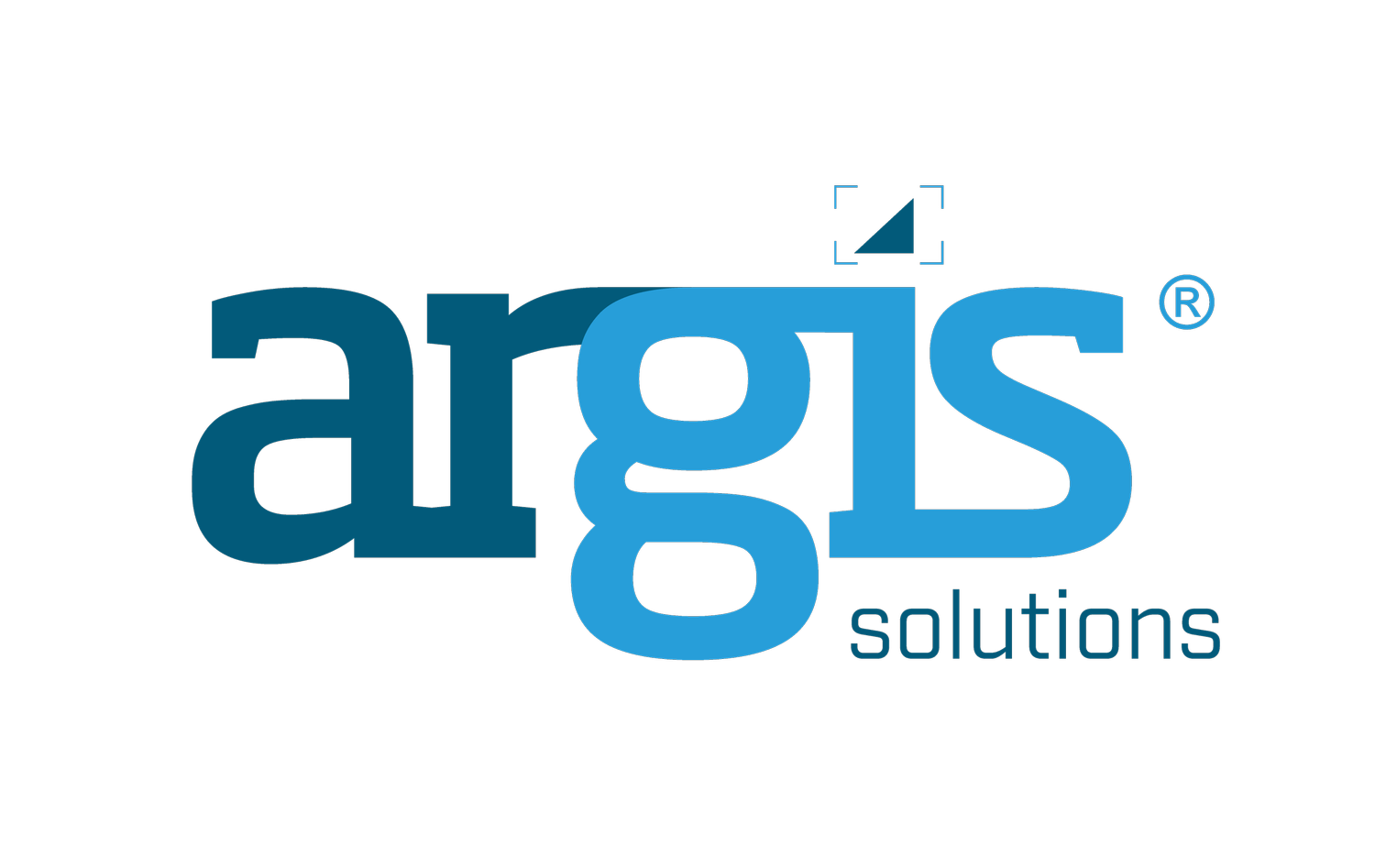4 Ways Micro Applications Add Value to Your Esri Implementation
Integrating micro applications has never been easier! Micro applications are small, specialized applications designed to perform specific tasks within a larger system or application. These mini apps have a broad range of uses, from statistical and spatial analysis to location allocation and remote sensing.
In an ever-changing technological landscape, longevity and sustainability are key concerns for GIS tool and solutions architecture. Organizations must remain vigilant regarding long-term viability of their tools and solutions. Micro apps offer value for long-term maintenance for several reasons:
Modularity: Because micro apps perform standalone tasks, if one app goes down, only a small portion of tools, if any, will be affected. Each micro app can be developed as a standalone unit, with well-defined inputs, outputs, and functionality, making it easier to modify or update without affecting the entire system. Development, testing, and maintenance are simplified.
Scalability: Micro apps can be scaled up or down to meet changing needs. New micro apps can be added to the system as needed, and existing apps can be modified or replaced as required without disrupting the overall system.
Flexibility: Micro apps allow users to customize GIS workflows to meet their specific needs. Users can choose the best micro apps for tasks and combine them in different ways to create custom workflows.
Cost-effectiveness: Micro app development can be quick and cost-effective, making them an attractive option for organizations with limited budgets or resources. Because micro apps are typically small and focused, they don't require the same level of investment as larger, more complex GIS systems.
Are there downsides to micro applications?
There are a few limitations and challenges that need to be considered as part of the decision-making process. If micro apps aren’t well-organized, it can be difficult to find the tool you want. Additionally, if there is a large upgrade to your tool base, it could be time-consuming to upgrade the micro apps within it. It’s also important to be mindful of workflows. Users shouldn’t be opening and shutting micro app after micro app to finish a single job.
The positives for micro applications are extensive
In most cases, the upsides to micro applications outweigh the downsides, and careful micro app management can reduce or eliminate downsides altogether.
Within the Esri platform, Portal for ArcGIS® and ArcGIS® Online are designed with the expectation that collections and galleries of tools will be used. ArcGIS® Web AppBuilder and ArcGIS® Experience Builder are designed to create web app, map-centered applications focused on functionality.
Well-designed maps have a focused purpose, giving specific information for a job or workflow, or answering specific questions. If you are designing with a focused purpose, you are already working in micro app territory.
The days of “one application fits all needs” are over. Move towards micro for modularity, scalability, flexibility, and cost savings.
Interested in learning more about how micro applications could improve your specific GIS infrastructure? Schedule a discovery call today.

